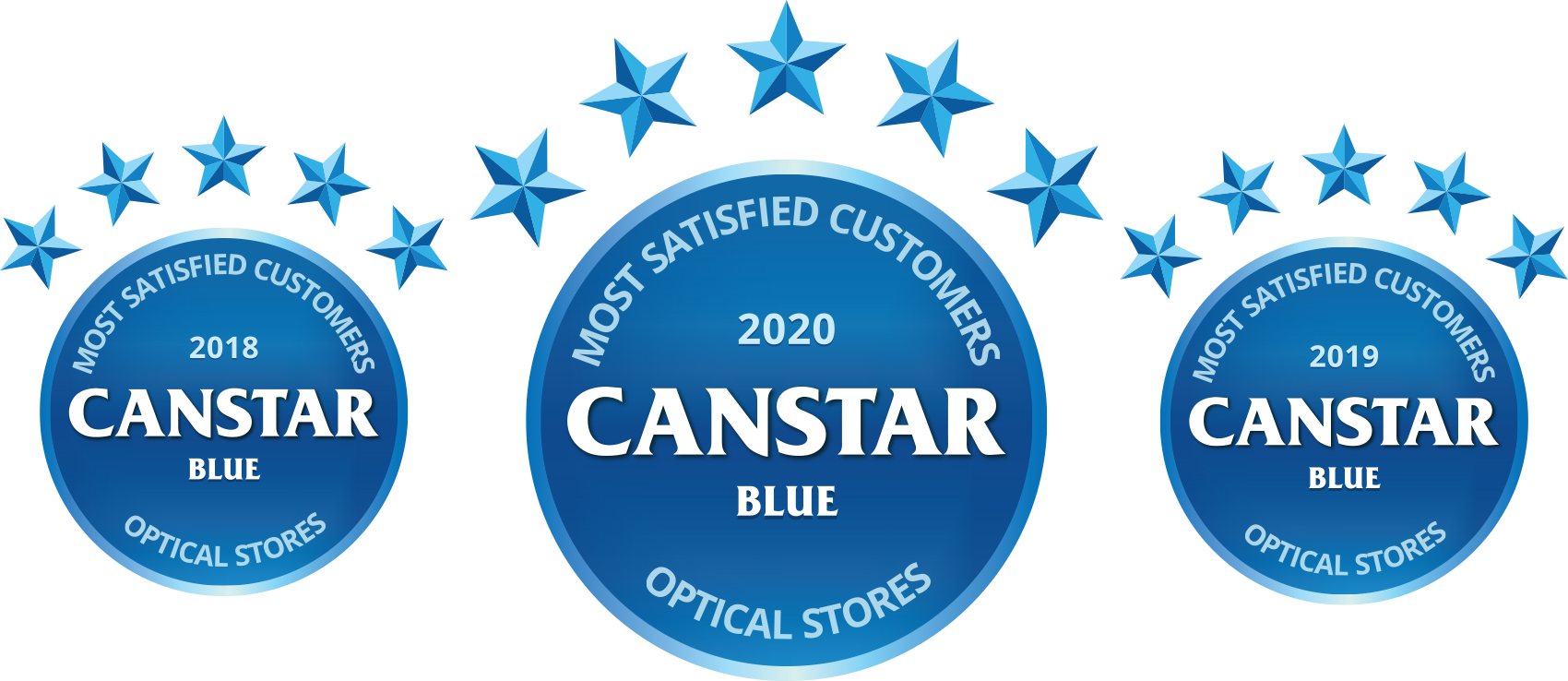Myopia (Shortsighted)
Short sightedness, or myopia, is a common focusing error of the eye, and it has become more prevalent in recent years. In fact, a recent studies shows the prevalence of myopia grew from 25 percent of the population in 1971-1972, to 41.6 percent in 1999-2004.
Though the exact cause for this increase in myopia is still being studied, recent research shows it may be an adaptation of the visual system due to excessive near work and other extended near vision tasks, with less outside exposure to sunlight, coupled with a genetic predisposition for myopia.
Myopia Symptoms and Signs.
If you are short sighted, you typically will have difficulty reading road signs and seeing distant objects clearly, but will be able to see well for close-up tasks such as reading and computer use. Other signs and symptoms of myopia include squinting, eye strain and headaches. Feeling fatigued when driving or playing sports also can be a symptom of uncorrected short sightedness.
If you experience these signs or symptoms while wearing your glasses or contact lenses, schedule a comprehensive eye examination to see if you need a stronger prescription.
What Causes Myopia?
Myopia occurs when the eyeball is too long, relative to the focusing power of the cornea and lens of the eye. This causes light rays to focus at a point in front of the retina, rather than directly on its surface.
Myopia also can be caused by the cornea and/or lens being too curved for the length of the eyeball. In some cases, myopia is due to a combination of these factors.
Myopia typically begins in childhood and you may have a higher risk if your parents are short sighted . In most cases, nearsightedness stabilizes in early adulthood but sometimes it continues to progress with age.
Myopia Treatment.
We offer correction of myopia with glasses and contact lenses. Depending on the degree of your myopia, you may need to wear your glasses or contact lenses all the time or only when you need very clear distance vision, like when driving, seeing a chalkboard or watching a movie.
MYOPIA CONTROL
How do we slow down the progression of myopia?
Certain treatments have been shown to slow down the progression of myopia. Higher levels of myopia increase the risk of retinal detchments and macula degeneration related to myopia. Myopia control is the treatment of myopia that may keep the myopia at low levels.
Contact lenses have been shown to have a positive effect on the control of myopia.
- Ortho-K uses contact lenses that are worn overnight to flatten the cornea.
- Certain designs of multifocal contact lenses that have a centre distance prescription and a peripheral reading prescription have been shown to slow down myopia. These lenses are available in a daily disposable lens known as Misight, easy to use and look after for younger myopes.
- Glasses – glasses can have positive effect only in certain cases, usually when the myopia is low and associated with binocular vision problems at near working distances. Often by treating the cause of the early myopia with glasses before the eye changes shape and becomes more permanently myopic, we may be able to keep myopia from progressing.
- Vision therapy – myopia control is one of the areas that we work with in our vision therapy clinic, Vision Advantage. During the vision therapy program, visual efficiency skills that are reduced will be explored so that more flexibility is built into the focus system, eye alignment and peripheral vision. A flexible visual system that can relax and look out at far working distances is what we require to keep our vision clear and comfortable.




